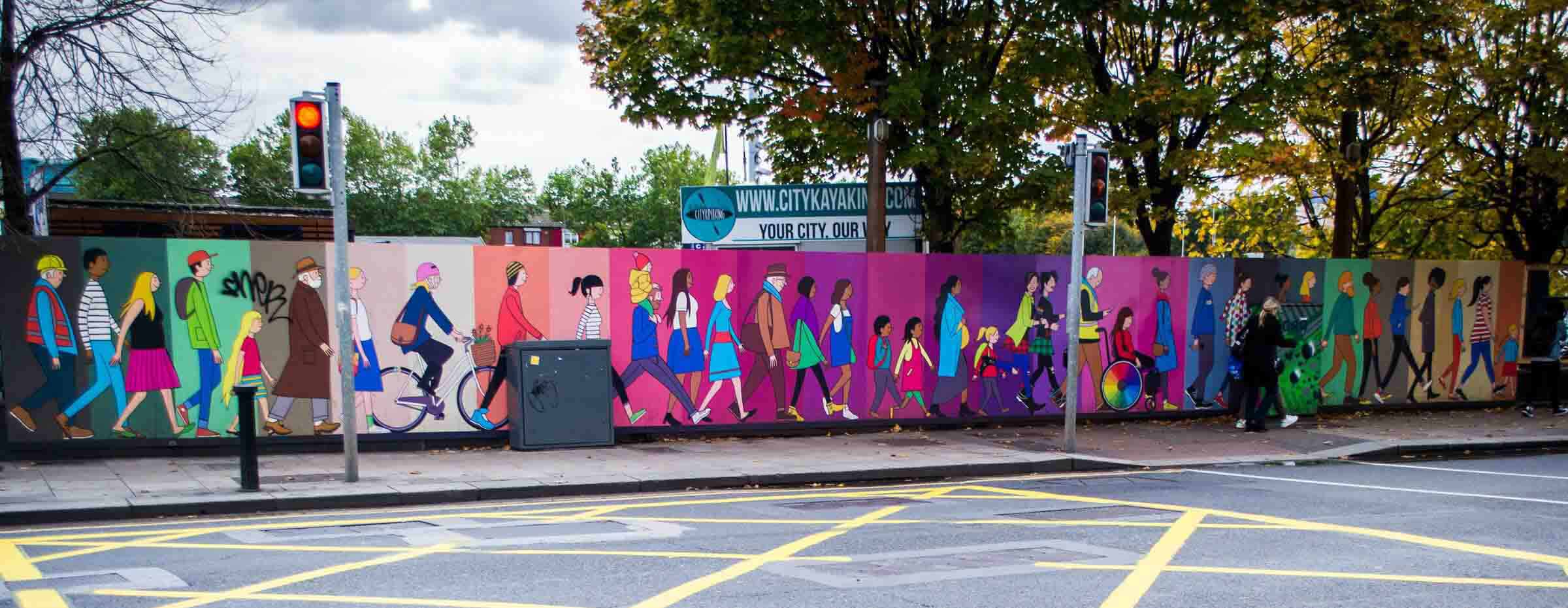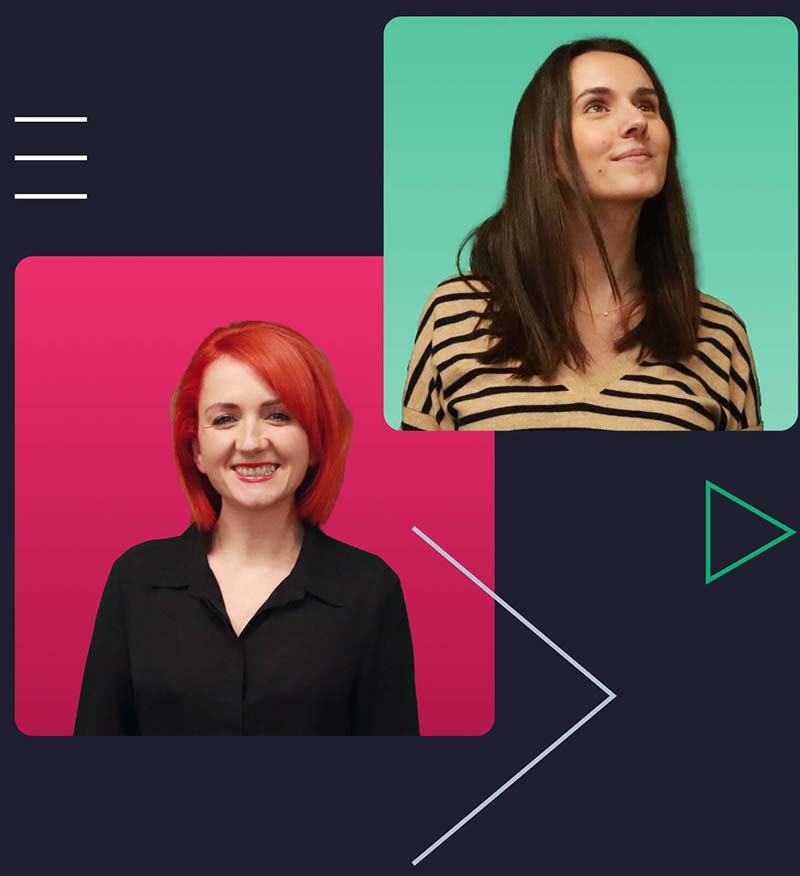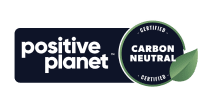What is Rapid Prototyping
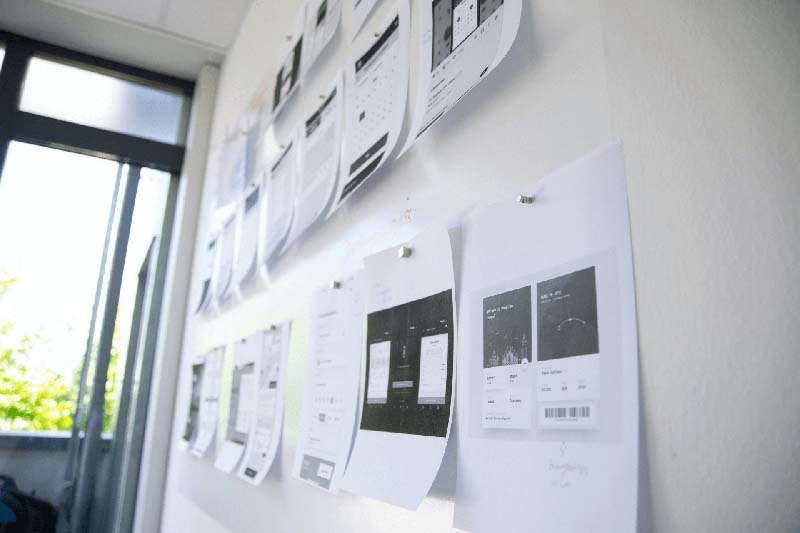
Building successful products
The excitement of rushing to build a new (or improve an existing) product or function for your customers can be irresistible. You’ve done some research, got some feedback, have come up with the ideal solution and feel ever so inspired to get going. I get it.
However, just because you have a research report with insights does not always mean that the design of the solution you intend to build is the ideal one for your users. It’s one thing to have a list of problems but there will always be numerous ways of implementing the solution; how do you know which is optimal for your users? Well, you want to get your users to essentially ‘test out your plan’ before you build it.
Avoid investing in valuable resource until you have validation.
The aim is to avoid a waterfall model whereby products are tested after development. No product is ever ‘perfect’ at launch and I am sure you would want to avoid any major issues that may deter users from even using it once it is released. It would not surprise me if you feel as though there is no budget for Rapid Prototyping, or that you have a hard time convincing your seniors, but it is something well worth doing.
All products will be tested at some point in their lifecycle and, ultimately, it is about weighing up the cost of making changes early-on vs. later-on. For the vast majority, it is a lot more cost-effective to make amendments early-on to avoid having multiple design & build stages.
Do not be put off by adding another step to your process, by choosing to include Rapid Prototyping you will save a lot more over the course of the overall project. Also as the name suggests Rapid Prototyping is quick! A matter of weeks, unlike traditional Prototyping.
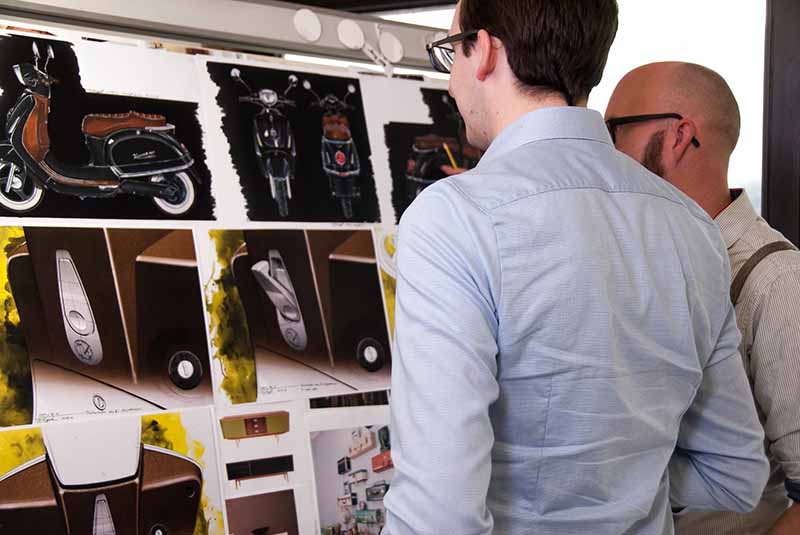
It can’t be easy though, surely
Yes, it is easy… because you get your end users to do the hard work for you! Traditionally, internal teams all get around a table, conduct workshops and have cross-teams involved to design the ‘best’ product. Principles in Rapid Prototyping instead teach you to have a smaller team with a focus on creating some low/mid-fidelity prototypes to get the concept tested in order to receive feedback from its users. You may find that you’ll have to start over or make unanticipated, larger design changes.
There are 4 steps to a successful rapid prototyping process:
Step 1: Test
- Put the existing product in front of your real-world users and get their feedback.
- Does it do what it was intended to do?
- What are the pain points?
- How can you improve the experience for them?
Step 2: Refine
Using this feedback, get other teams involved to define & clarify areas for improvement. This will form the basis for your new solution(s).
Step 3: Ideation
Ideate and mock-up a number of design solutions to allow for comparison. Producing multiple variations upfront, allows the end user to guide the product’s lifecycle. This method will help you build more sophisticated, useful products in the long term.
Step 4: Prototype
Use minimal resources to mimic your new product or concept as best as possible. It is perfectly normal to have a partially complete product at this stage – you just want to test the idea of what you are planning on building. As an example, tools such as Invision enable us to easily build interactive interfaces without the cost of development.
The latest prototype(s) now becomes your new ‘existing’ product which you feed back into step 1.
Keep repeating these steps until you’re happy with the direction that your product is headed in.
So, should you start Rapid Prototyping
For most of you, I hope it is fairly obvious that the answer is yes.
If you are unsure, ask yourself the following question: do we, as a business, have the budget and resource to rectify any large issues with the product after development? If the answer is no, and that you are on a tight budget like most businesses are, you’re better off Rapid Prototyping to mitigate the risk of failure. Do not let months of design & development go to waste when you can spend a few weeks up-front fine tuning the real solution.
Ending Note
The 3 fundamental benefits of Rapid Prototyping
1. Minimise design flaws
2. Save time and money
3. Deliver better products


